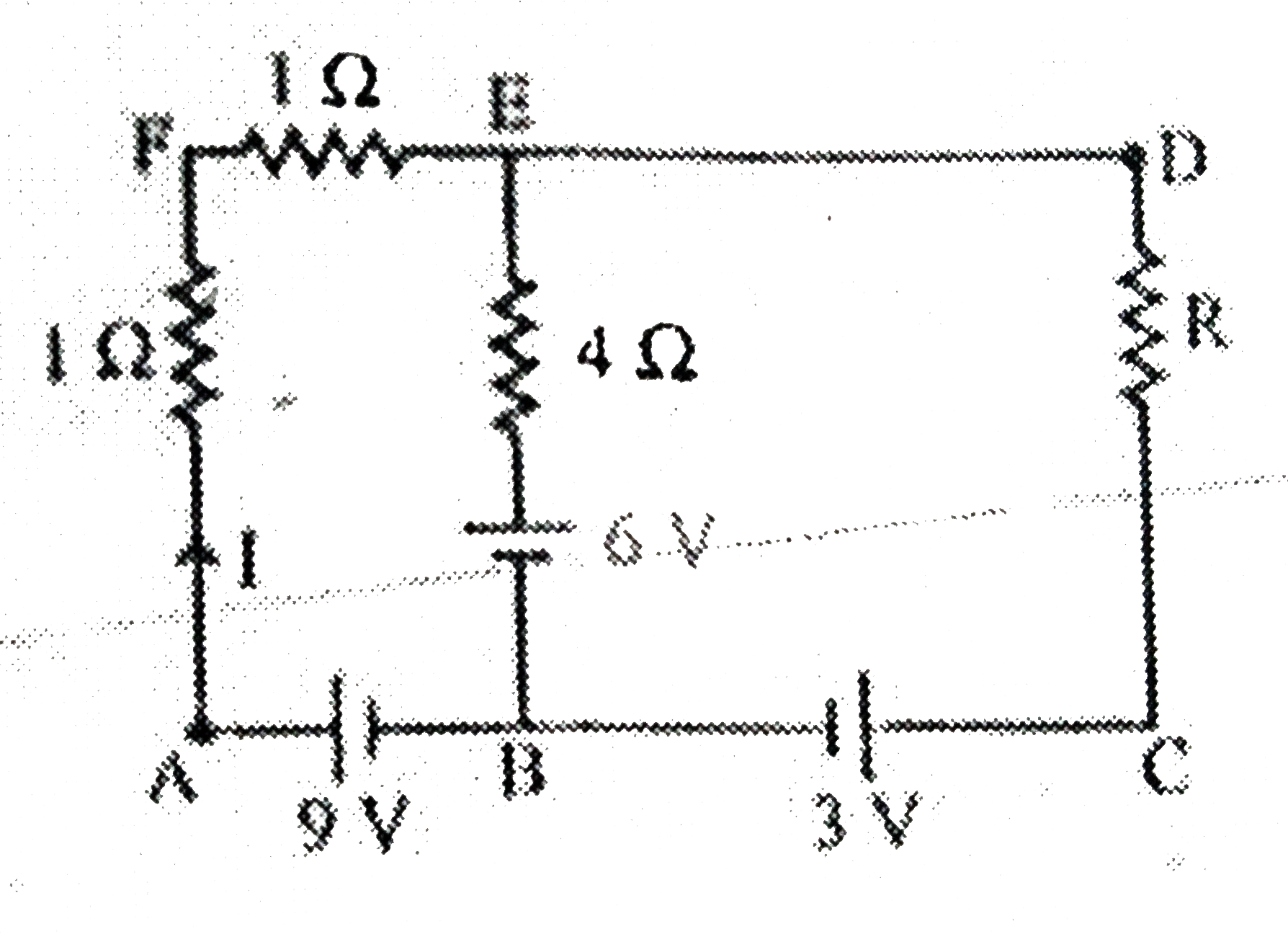Kirchoff's junction rule is a reflection of
conservation of current density vector.
conservation of charge
the fact that the momentum with which a charged particle approaches a junction is unchanged (as a vector) as the charged particle leaves the junction
The fact that there is no accumulation of charges at a junction.
The correct Answer is:B, D
Step-by-Step Solution:
1. Understanding Kirchhoff's Junction Rule: Kirchhoff's Junction Rule, also known as Kirchhoff's First Law, states that the total current entering a junction must equal the total current leaving the junction. This is based on the principle of conservation of charge.
2. Conservation of Charge: The conservation of charge principle states that charge can neither be created nor destroyed. In a closed system, the total amount of electric charge remains constant over time.
3. Application of the Rule: When multiple conductors meet at a junction, the sum of currents flowing into the junction (positive currents) must equal the sum of currents flowing out of the junction (negative currents). Mathematically, this can be expressed as:
∑Iin=∑Iout
where Iin represents currents entering the junction and Iout represents currents leaving the junction.
4. Conclusion: Therefore, Kirchhoff's Junction Rule is fundamentally a reflection of the conservation of charge, indicating that charge is conserved at any junction in an electrical circuit.
---
∑Iin=∑Iout
where Iin represents currents entering the junction and Iout represents currents leaving the junction.
Topper's Solved these Questions
- CURRENT ELECTRICITYBOOK - NCERT EXEMPLAR ENGLISHCHAPTER - CURRENT ELECTRICITYEXERCISE - Very Short Answer Type Question.
20 Videos
- CURRENT ELECTRICITYBOOK - NCERT EXEMPLAR ENGLISHCHAPTER - CURRENT ELECTRICITYEXERCISE - Very Short Answer Type Question.
20 Videos
- COMMUNICATION SYSTEMBOOK - NCERT EXEMPLAR ENGLISHCHAPTER - COMMUNICATION SYSTEMEXERCISE - LONG ANSWER TYPE QUESTIONS
5 Videos
- DUAL NATURE OF RADIATION AND MATTERBOOK - NCERT EXEMPLAR ENGLISHCHAPTER - DUAL NATURE OF RADIATION AND MATTEREXERCISE - LONG ANSWER TYPE QUESTION
5 Videos
Similar Questions
Knowledge Check
Assertion: Kirchhoff's junction rule can be applied to a juction of several lines or a point in a line.
Reason : When steady current is flowing, there is no accumulation of charges at any junction in series with a galvonometer.AIf both assertion and reason are true and reason is the correct explantion of assertion.BIf both assertion and reason are true and reason is not the correct explantion of assertion.CIf assertion is false but reason is true.DIf assertion is true but reason is false.
Gap junctions are present in :
View SolutionThe P-N junction is-
View SolutionIn Kirchoff's equation which factor affects the heat of reaction :
View SolutionGap junctions : -
View SolutionChange in enthalpy and change in internal energy are state functions. The value of ΔH,ΔU can be determined by using Kirchoff's equation.
I mole of naphthalene (C10H8) was burnt is oxygen gas at 25∘C at constant volume. The heat evolved was found to be 5138.8kJ. Calculate the heat of reaction at constant pressure
View SolutionUsing Kirchoff's rules determine the value of unknown resistance R in the circuit so that no current flows through 4Ω resistance. Also find the potential difference between A and D.

View SolutionChange in enthalpy and change in internal energy are state functions. The value of ΔH,ΔU can be determined by using Kirchoff's equation.
Calculate ΔH when 10dm3 of helium at NTP is heated in a cylinder to 100∘C, assuming that the gas behave ideally.
View Solution
